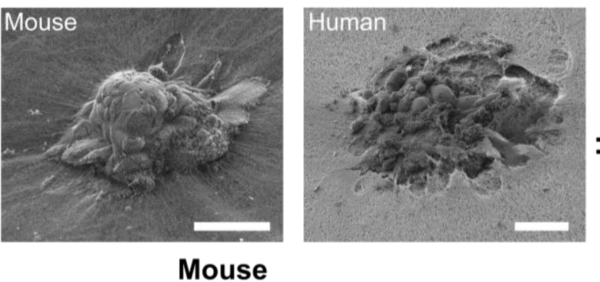Prostate cancer remains a significant health issue in Australia, with approximately 26,000 men diagnosed each year. Despite being the most prevalent cancer among men in the country, the nature of prostate cancer varies greatly. Many cases develop slowly, leading to the paradox where men often die “with” prostate cancer rather than “from” it. In response to concerns about the effectiveness of current diagnostic methods, the Prostate Cancer Foundation of Australia has released new draft clinical guidelines aimed at improving early detection and treatment practices.
The primary method of detecting prostate cancer is through a blood test that measures levels of prostate-specific antigen (PSA). While elevated PSA levels can suggest the presence of cancer, they can also be influenced by non-cancerous conditions such as prostate enlargement or inflammation. Therefore, relying solely on PSA tests may lead to misdiagnoses and unnecessary treatments.
Balancing Early Detection and Treatment Risks
The challenge lies in the balance between early detection, which can lead to life-saving interventions, and the risks associated with overtreatment. Treatments such as surgery and radiation can result in significant side effects, including erectile dysfunction and urinary incontinence, which affects up to 14% of patients. For low-risk prostate cancers that have not spread, doctors may recommend “active surveillance” to monitor the cancer, allowing for treatment to be deferred until necessary.
Research shows that while PSA testing has reduced prostate cancer mortality by 20%, it has also resulted in overtreatment. For every one life saved, approximately 48 men are over-treated for prostate cancer. The aim of the new draft guidelines is to reduce this overdiagnosis while still facilitating timely treatment for high-risk cases.
Key Changes Proposed in New Guidelines
Among the proposed changes, the guidelines suggest offering all men a baseline PSA test at age 40. This initial test would establish a reference point for future measurements, helping to identify aggressive tumors more quickly. By monitoring the doubling time of PSA levels, clinicians can better classify prostate cancer risks and potentially spare men from unnecessary treatments.
Additionally, the guidelines recommend that general practitioners (GPs) offer PSA tests biennially to men aged 50 to 69. For men aged over 70, PSA testing should be based on individual clinical assessments. This approach recognizes that older men may face greater risks from treatments than younger patients might benefit from early detection.
The draft guidelines also focus on targeting populations at higher risk, such as men with a family history of prostate cancer and Indigenous Australians, who experience higher mortality rates from the disease. For these groups, earlier and more frequent PSA testing starting at age 40 could be beneficial.
Importantly, the new guidelines move away from the traditional digital rectal examination, often considered uncomfortable by patients. Instead, they recommend using advanced imaging techniques, such as multiparametric magnetic resonance imaging (mpMRI), which has been available with Medicare rebates since 2018. This imaging technique provides a detailed view of the prostate and can help clinicians determine the necessity of a biopsy, thereby reducing unnecessary invasive procedures.
The proposed guidelines will undergo public consultation, with feedback shaping the final recommendations before they are submitted to the National Health and Medical Research Council for approval.
As the conversation around prostate cancer testing evolves, the focus remains on improving patient outcomes while minimizing the risks associated with overdiagnosis and overtreatment. The new draft guidelines represent a thoughtful approach to a complex issue, aiming to enhance the quality of care for men facing this prevalent disease.



































































